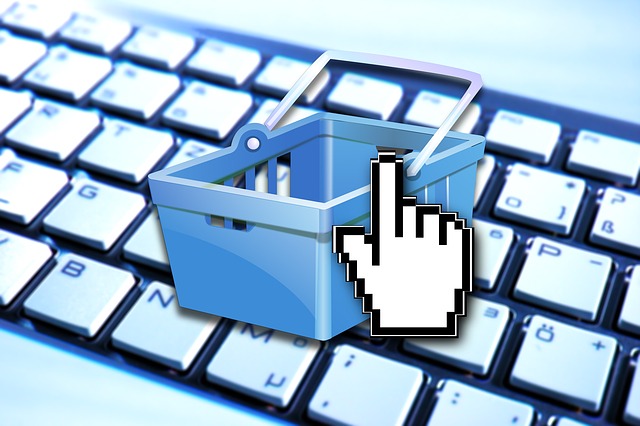Right now, things are going OK at your startup. Customers are arriving at a regular clip. Processes have been put in place, and they’re working well. You’re even starting to make a bit of money.
But you still wonder whether there’s any room for improvement. And, of course, there is. The following are all the little changes you can make that will have a big impact on your business.
Raising Prices
A lot of businesses fall into the trap of sticking to the prices they set when they started. They’re worried that if they raise prices, they’ll lose customers and lose business. But there’s a problem with this strategy. Startups that do this risk becoming less profitable. After all, everybody else is raising their prices, including your suppliers.
The best strategy is to prepare price rises in advance. If you are on a long-term contract with a supplier or investor, bake in price rises into your contract. This sort of thing is standard practice in most industries. And it’s just a reflection of the fact that inflation eats away at all business earnings unless prices go up.
Go Global
Startups are no longer limited to operating in their local area. They now have the ability, thanks to things like the internet and conference calls to go global. In fact, when you look at the facts, this is what most successful recent startups have done.
Just look at what companies like Uber and Airbnb have achieved. They leveraged cheap communication technologies to expand their businesses. And they built platforms that spanned the globe.
Love Your Mailing List
How do small businesses communicate with their clients these days? Mostly it’s through their mailing lists. Mailing lists are used for both promotions and company news. But how much is each address your mailing list really worth? You might not think all that much. But you can quickly work it out. Just take the revenue that you have received directly from email marketing. And then divide this by the number of email addresses you have in your mailing list. Most businesses come out with a number somewhere between $25 and $100. And that’s a lot of money.
To make the most of your mailing list, start managing it on a regular basis. Get clever about when you send out emails. And make sure that what you send is relevant to customers and exciting.
Don’t Go Home Until The Invoices Are Done
Most startups wind up with a cash flow problem in the first couple of years. Yes, they’re doing business. But they haven’t yet got a lot of money in their bank account.
One of the biggest culprits is not processing invoices on time. For some reason, startups don’t view doing invoices as doing real work. But doing the invoices is just as essential for your business as providing a product or service.
The solution? Don’t go home until the invoices are done. And make sure that you make it easy for clients to pay.














